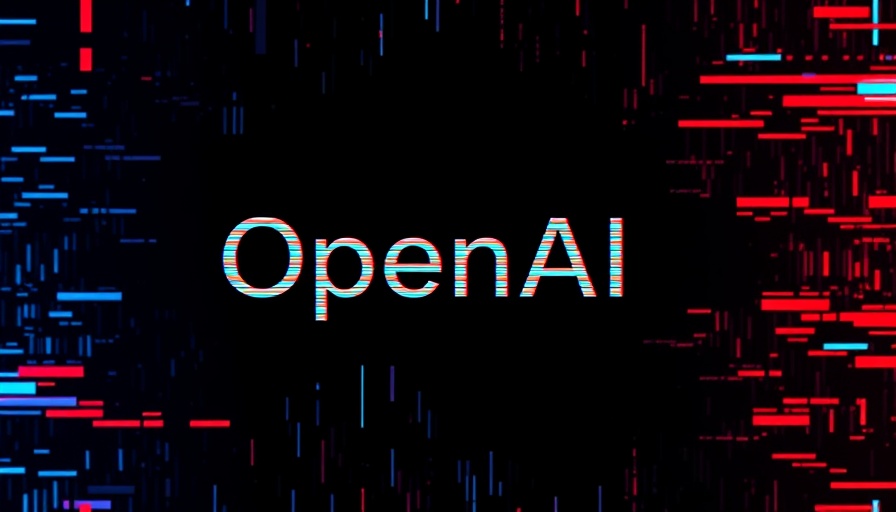
The Rise of OpenAI's New Reasoning Models
OpenAI has recently released its o3 and o4-mini AI models, which are considered state-of-the-art in many fields such as coding and mathematics. However, these new models come with a notable drawback: increased hallucination rates. Hallucinations, where the AI generates false information, have traditionally been decreasing in newer models, but this trend seems to have reversed with the latest iterations.
Understanding AI Hallucinations
The phenomenon of AI hallucinations has been one of the prevailing challenges in the development of sophisticated artificial intelligence systems. Not only do these inaccuracies create problems in practical applications, but they also lead to skepticism about the utility of such models. OpenAI's internal assessments reveal that o3 hallucinated 33% of the time on their PersonQA benchmark, a significant increase compared to previous models like o1 and o3-mini. While o4-mini fared even worse, hallucinating nearly half the time, it raises questions about the effectiveness of current methodologies in reducing these occurrences.
The Implications for Businesses
The rise in hallucinations is alarming for industries where precision is critical. For example, in legal settings, a model that might include erroneous data could lead to disastrous outcomes for clients relying on accurate documentation. Kian Katanforoosh, a Stanford adjunct professor, noted issues with o3 generating obsolete web links during coding tasks, raising concerns about its reliability.
AI's Evolution: Questioning the Path Forward
OpenAI acknowledges that further research is needed to understand why these newer models are exhibiting higher rates of inaccuracies. Neil Chowdhury, a former OpenAI employee, suggested that the reinforcement learning strategies deployed in these new models might be exacerbating problems that previous iterations were better equipped to mitigate. Understanding the root causes is fundamental to evolving these models into something truly beneficial for users.
The Potential of Search-Enabled Models
One promising method to improve accuracy is integrating real-time web search functionality into AI systems. OpenAI's GPT-4o, which utilizes this approach, has achieved up to 90% accuracy on Certain tasks, suggesting that equipping AI with current data access could significantly enhance performance. This might be the direction forward as the technology develops.
Future Predictions for AI Development
As AI models like o3 and o4-mini continue to evolve, it remains uncertain whether hallucinations can be effectively curbed. While these algorithms may occasionally generate creative solutions, the balance between innovation and reliability must be meticulously maintained. For businesses and developers, understanding the nuances of these models will prove crucial in harnessing their full potential while mitigating risks.
Wrapping Up: The Future of Reasoning AI Models
OpenAI's latest releases illustrate the dual-edged nature of technological advancement in AI. The encouraging gains in performance must not overshadow the critical issues of reliability and accuracy. As tech enthusiasts and businesses gear up to leverage these tools, continuous dialogue about these models will be essential in navigating their complexities and harnessing their capabilities effectively.
 Add Row
Add Row  Add
Add 



Write A Comment